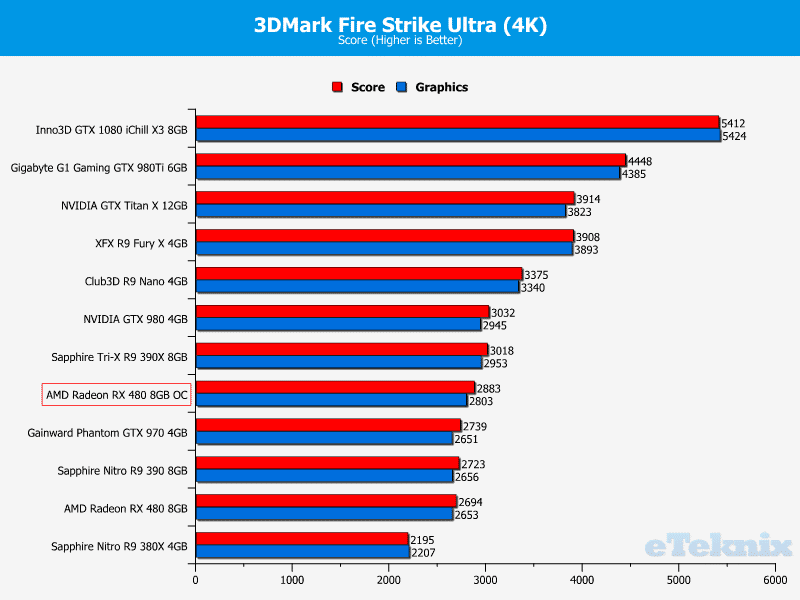AMD Radeon RX 480 Graphics Card Review
John Williamson / 9 years ago
Overclocking and Overclocked Performance
AMD have developed a new overclocking utility entitled, “Wattman” which is a complete overhaul of their previous AMD Overdrive software. This new comprehensive overclocking tool uses a brilliant user interface which relies on graphs to determine stability and monitor clock speeds. AMD’s Wattman features a dynamic GPU frequency curve, voltage control curve, acoustic limit control, advanced temperature control, advanced fan control, crash recovery mechanism and is housed in a histogram interface.
Throughout the overclocking procedure, the graphs provide a wonderful visual indication of boost clocks, thermal deviation and how the RPM fan values change. The clean interface makes it really easy to overclock your graphics card and fine tune core, memory, fan, and power changes on-the-fly. While this is possibly one of the best overclocking applications I’ve used, it’s not perfect. Firstly, the interface takes up a lot of
Firstly, the interface takes up a lot of screen real estate if you want to browse all the available tweaks. Additionally, I’d like to see some kind of monitoring overlay which outlines the current speeds, activity, and other essential statistics. Also, it would be advantageous for AMD to include some sort of FPS counter that works even on DirectX 12 games. If this was implemented, you wouldn’t have to use other applications like MSI Afterburner to monitor performance. In an ideal world, I’d love to see FRAPS’ Min/Avg/Max feature embedded in Wattman.
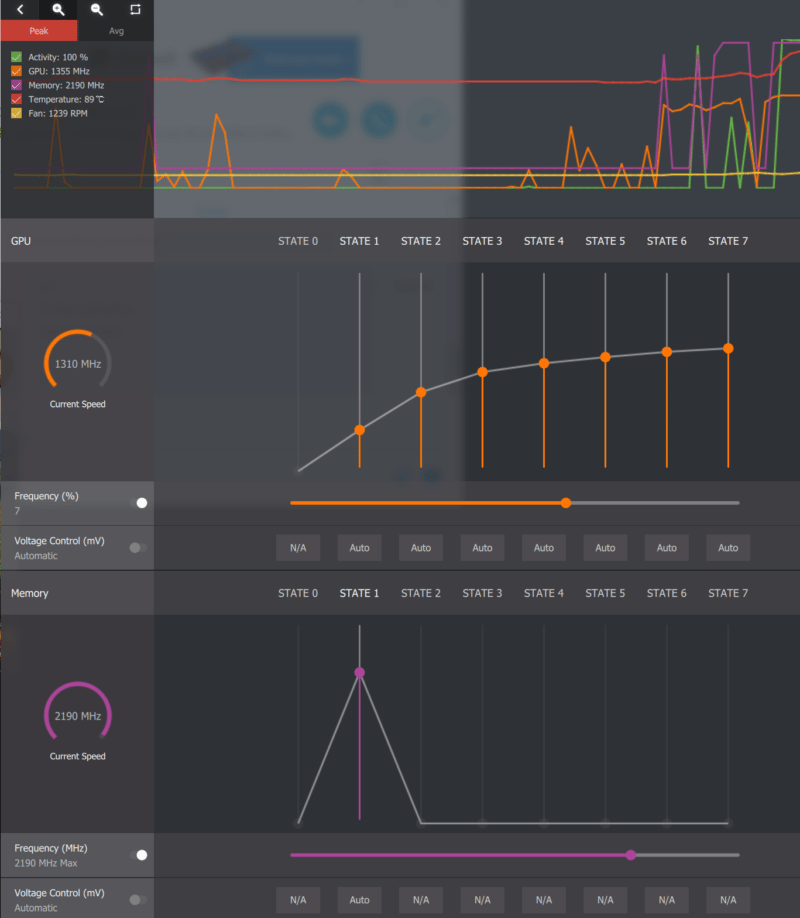
The overclocking process involves setting a power limit and adjusting it in incremental stages before finding the maximum stable figure. Once complete, begin adjusting the temperature threshold and fan speeds before moving onto the core. Now, you need to adjust the core clock based on percentiles and gradually increase the frequency % until 3DMark crashes. More advanced users can manually input various mV voltage settings to enhance stability. After you’ve found the maximum stable core clock, increase the memory until you’d found the maximum potential of your graphics card. Please note, I did try to use this software on an R9 390 with the latest driver but it seems this isn’t possible right now. Hopefully, the support will be extended to older products relatively soon.
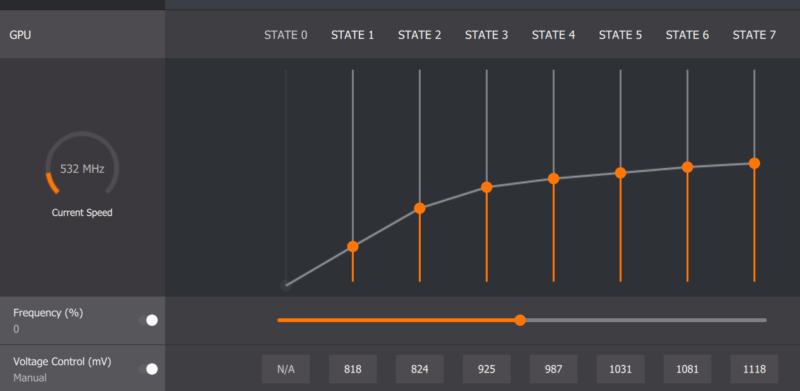
So how well does the RX 480 overclock? Sadly, the maximum recorded boost clock I could achieve was 1355MHz and the memory reached an effective speed of 8760MHz. This was with a power limit of 50%, and voltage settings on automatic. I attempted to increase the voltage manually but this didn’t really improve the overclocking headroom. Annoyingly, the boost clock scaled back quite often from 1355MHz to much lower figures. The operating temperature once overclocked was 90C and I think the overclocking ability will be much better with custom coolers from AIB partners.
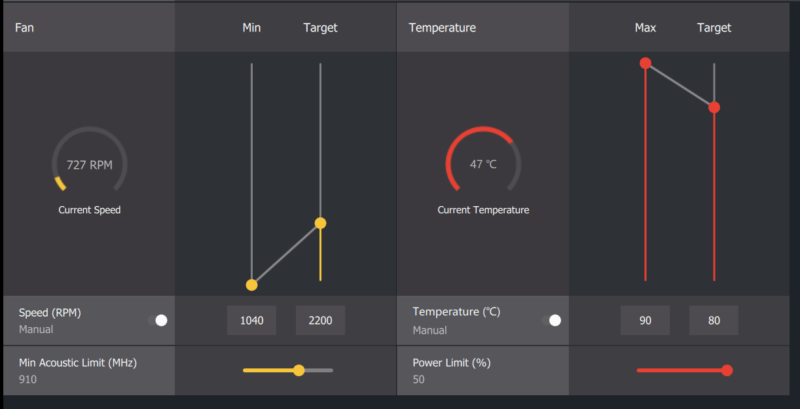
Here we can see the maximum readings when the RX 480s runs at its stock parameters. The boost clock reached 1265MHz, with a 90C temperature, 59% fan speed, and 129.4 watts TDP.

Once overclocked, the boost clock hit a maximum value of 1355MHz while the memory ran at 2185MHz and the TDP peaked at 163.8 watts. Also, notice the VDDC altered from 1.1000V to 1.1500V.

3DMark
The overclocked RX 480 pulls ahead of a stock GTX 980 and greatly benefits from the enhanced speeds.
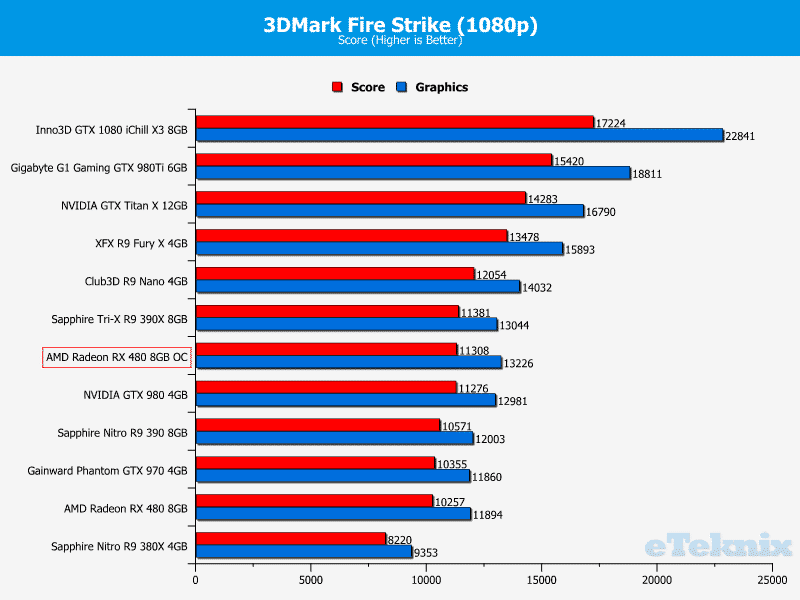
During the Fire Strike Extreme benchmark, the RX 480 surges past the R9 390 and GTX 970 but loses out to the GTX 980.
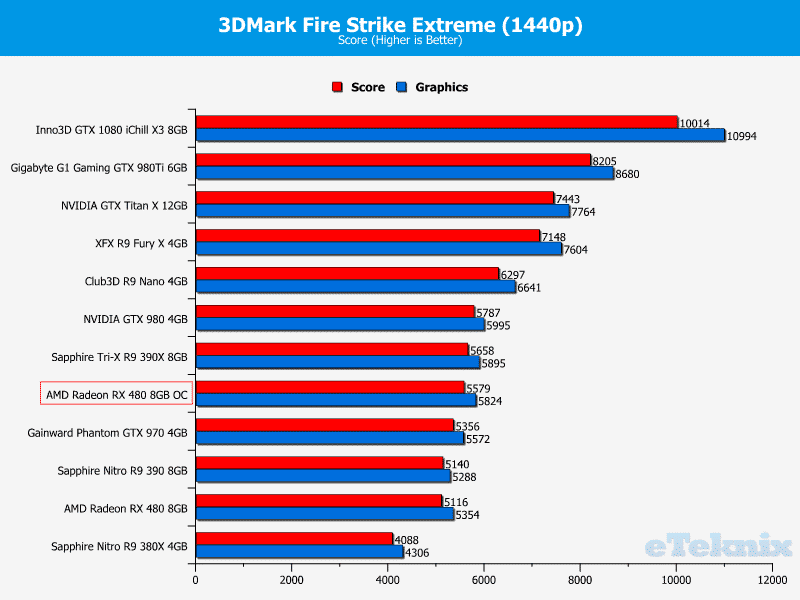
The overclocked RX 480 fares pretty well when dealing with synthetic 4K testing but it’s still some way off the GTX 980.
